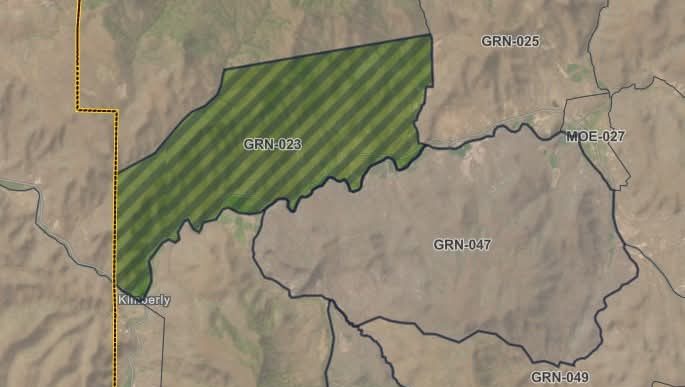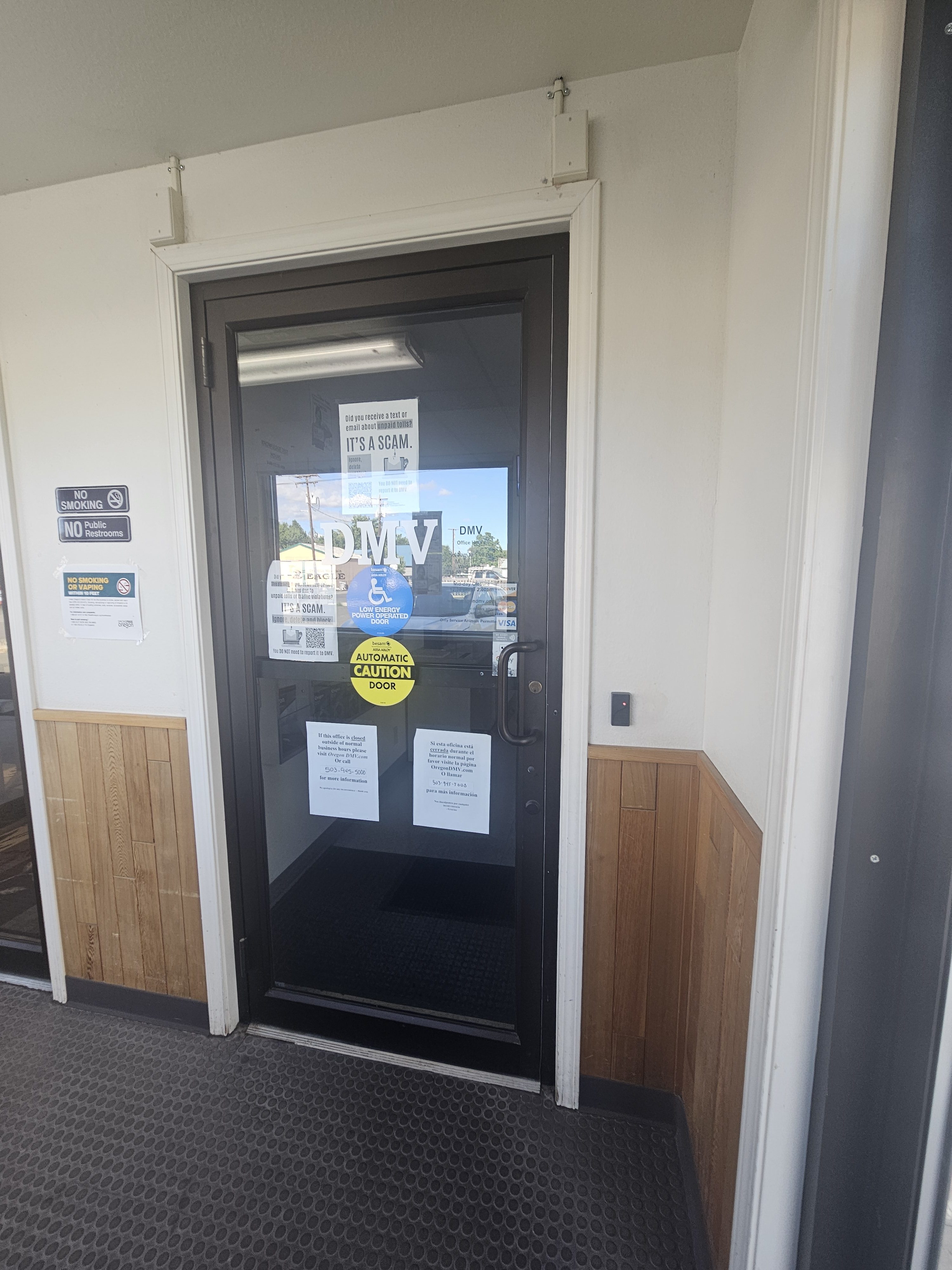Guest Comment Eclipse visitors underscore need to address deferred maintenance at John Day Fossil Beds
Published 12:34 pm Tuesday, August 22, 2017
We are lucky for all of the benefits the John Day Fossil Beds National Monument brings to our local communities, offering an amazing natural wonder that enriches our local economy. To protect this treasure, particularly after the influx of visitors for the solar eclipse, it is critical that we fix our national parks.
Trending
I worked in the National Park System for over 40 years, 19 of which as superintendent of John Day Fossil Beds. Its beauty and geological significance make it truly one of a kind. In 2016, over 200,000 visitors to the park were able to see that for themselves. The number of visitors is expected to skyrocket in 2017 thanks, in no small part, to the solar eclipse.
Estimates are that the Fossil Beds welcomed roughly 50,000 visitors for the eclipse. Keeping the Fossil Beds safe and accessible for the regular volume of visitors is a challenge. The influx of 50,000 visitors over the eclipse weekend challenged the park’s facilities and infrastructure to keep up and should serve as a reminder about the importance of ensuring our National Monument and the National Park System as a whole have the resources necessary to keep up the maintenance and repairs that allow hikers, scientists and eclipse watchers alike to enjoy the Fossil Beds.
Years of underfunding from Congress, an increase in visitation and normal infrastructure aging have left John Day Fossil Beds with a backlog of $1,565,383 of necessary repairs.
Trending
We have a responsibility to preserve the Fossil Beds for future generations. We also have a responsibility to today’s area residents and businesses who benefit economically from the tourism generated by the Fossil Beds. In 2016, visitors spent an estimated $10 million in local communities while visiting John Day Fossil Beds National Monument and those dollars supported 153 local jobs. For those local communities and businesses supported by the Monument, it is important to ensure that the John Day Fossil Beds are able to continue offering a quality experience that entices visitors to return to our community. Living here, we know that once those 50,000 visitors learn what a special place this is, they’ll want to return.
It is also important to understand the enormity of this issue to the entire National Park System. There is over $11.3 billion worth of deferred maintenance projects across the National Park System and over $105 million worth of backlogged projects here in Oregon alone.
To help address the backlog issue, Sens. Warner (D-Virginia) and Portman (R-Ohio) and Representatives Hurd (R-Texas) and Kilmer (D-Washington) introduced bipartisan legislation, H.R. 2584 or the National Park Service Legacy Act. This legislation would provide dedicated federal funds annually to address park maintenance needs. As a result, the National Park Service would be able to preserve our nation’s most significant natural and cultural treasures like John Day Fossil Beds.
I hope that Oregon’s congressional delegation will show their support for our national parks both here in their home state and throughout the country by cosponsoring the Legacy Act.
The 50,000 eclipse watchers that came to the Fossil Beds are a testament to the popularity of our National Parks System. Protecting our parks means protecting our economy, our recreation opportunities, and our state’s natural heritage. We cannot allow this growing backlog to cast a shadow over our national parks. It is time to act.
Jim Hammet was superintendent of the John Day Fossil Beds National Monument for 19 years before retiring four years ago.









